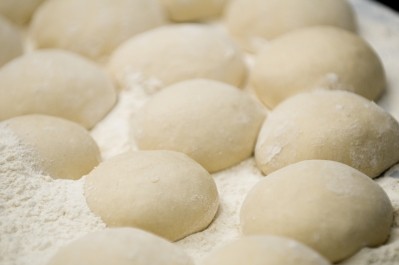Green tea extract promising for low-GI bread: Study

Published in Food Chemistry, researchers from Singapore and China investigated reducing GI values in bread using green tea catechins – polyphenol antioxidants known for inhibiting carbohydrate digestion enzymes.
Findings were “promising”, the researchers said – showing green tea extract lowered the GI value of baked and steam breads.
“Such bread may be beneficial to manage type 2 diabetes and reducing the risks of developing chronic diseases that are associated with high GI foods,” the researchers wrote.
Lower glucose release
The in vitro digestibility study showed a “significant reduction in glucose release” during the first 90 minutes of pancreatic digestion phase.
“These results suggest a possible inhibitory effect of tea catechins on the enzymatic activity of pancreatic a-amylase and glucosidase during bread digestion.
“A significant correlation was found between the estimated amounts of green tea extract retained in the bread and the rapidly digested starch content determined from in vitro digestion. This indicates that the fortification of green tea extract into bread products may contribute a significant impact on reducing the glycemic response,” the researchers wrote.
Ultimate green tea extract levels
Findings showed concentration levels of 2% green tea extract ensured the best results.
Baked bread containing 2% green tea extract or more, led to a decrease in rapidly digested starch of 8.3%-4.9% for crust and 5.4%-4.8% for crumb. For steamed bread containing 2% green tea extract or more, the decrease in rapidly digested starch ranged from 7.6%-25.2% for skin and 10.2%-17.7% for crumb.
The researchers said further clinical work on animals and humans was needed to verify results but added in vitro digestion trials were rapid, cost effective and viable.
Source: Food Chemistry
Published online ahead of print, doi: 10.1016/j.foodchem.2015.02.054. August 2015, Volume 180, Pages 203-210
“Green tea catechins reduced the glycemic potential of bread: An in vitro digestibility study”
Authors: R. Goh, J. Gao, VK. Ananingsih, V. Ranawana, CJ. Henry, W.Zhou




















